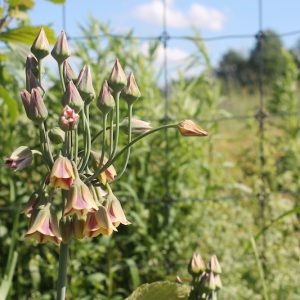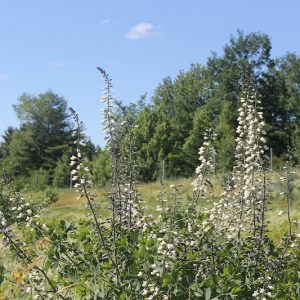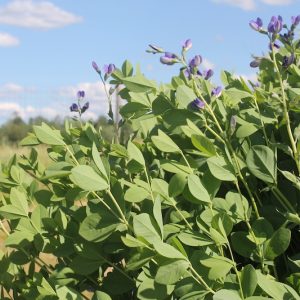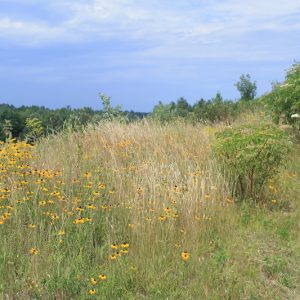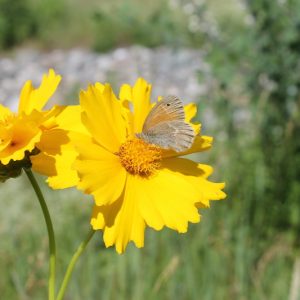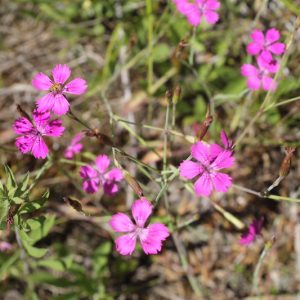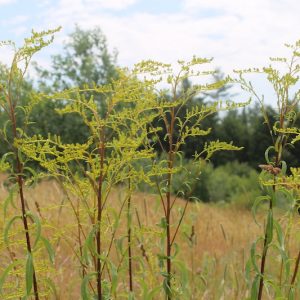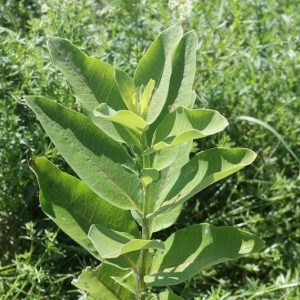Regenerative Practices
The Maine Heritage Orchard is committed to the principles of organic agriculture with land restoration, companion planting, promotion of biodiversity, soil health and regenerative practices being core parts of its mission. The orchard follows all organic practices, only using approved organic foliar sprays, plant teas, soil amendments and manures for pest control and soil fertility. The Maine Heritage Orchard proves that it is possible to maintain a commercial-scale orchard using regenerative principles and ecologically friendly practices. Because the orchard’s primary goal is to preserve individual tree varieties, rather than maximize production, MHO fosters a unique environment that enables biodiversity, polyculture and self-sufficiency.
The main way that the orchard’s regenerative practices can be visualized is through companion plantings. These provide a habitat to pollinators, grow extra food, fix nitrogen in the soil and add to the natural diversity of the landscape. By incorporating plants with staggered bloom times, native pollinators are attracted to the orchard throughout the year, ensuring a healthy apple crop. Early spring bulbs and flowers such as narcissus, squill, anemone and colt’s foot provide some of the first food for pollinators before the fruit trees and various shrubs begin to bloom. Later in the season, several varieties of goldenrods and bright purple New England asters open up as the bulk of summer’s flowers begin to dwindle. Included in the fruit-bearing shrubs are elderberries, aronia, viburnum and beach plums. These are a delicious treat for local birds and rodents, and even human caretakers if we can get to them in time.
These are just a few of the ways in which biodiversity is present in the orchard. To check out a more in-depth article, look at Jacob Mentlik’s “More Than Just Apples: A Polyculture Orchard.”
The Maine Heritage Orchard is celebrating its 10th anniversary this year! Consider making a donation to enhance our conservation efforts and educational outreach. Your gift today will help ensure the protection and sustainability of Maine’s diverse apple varieties.
